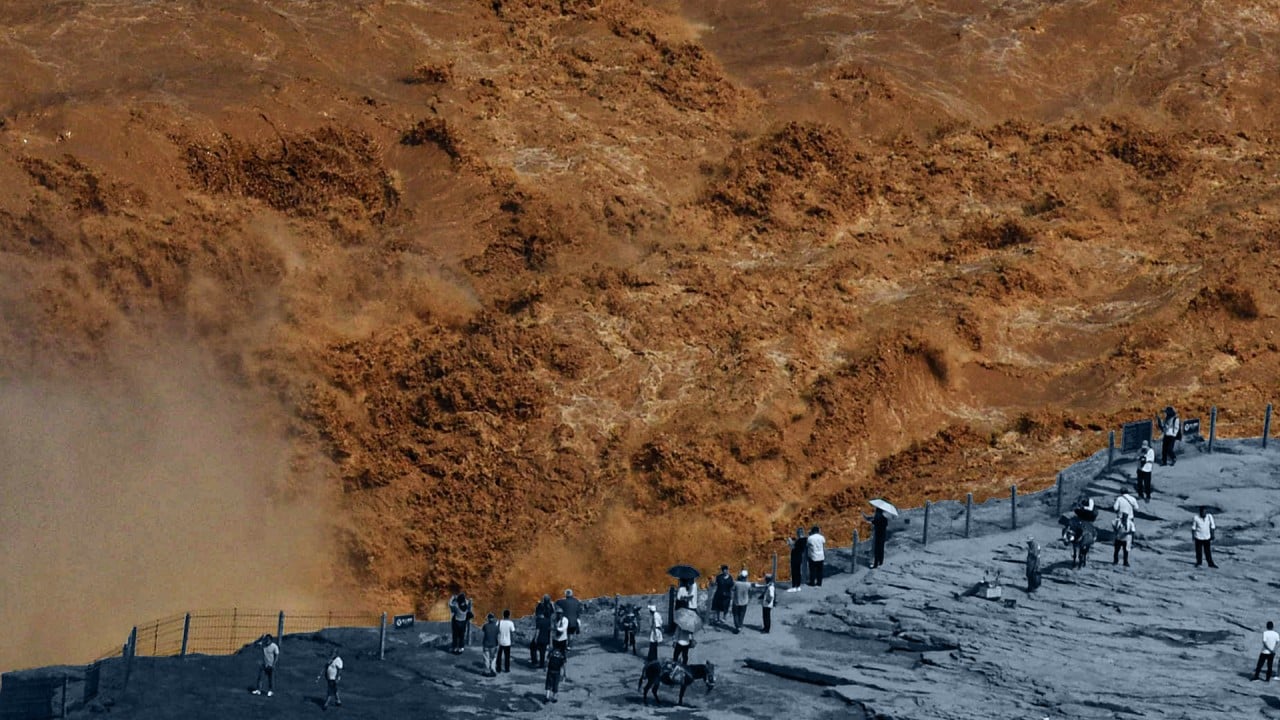For centuries, people in southeastern China have accepted that spring in their part of the world is a long, cloudy period. Some ancient Chinese literature even reported perennial mountain clouds in the region.
But until recently the underlying causes of the seasonal phenomenon were not clear in the science community.
Now, a collaborative team from China and Britain says it has found that this climate may be influenced by the Tibetan Plateau.
“The Tang dynasty poet Liu Zongyuan wrote that the high mountains surrounding Sichuan blocked the sun so thoroughly that even the local dogs would bark wildly at the rare sight of it,” said Professor Li Jiandong, of the Institute of Atmospheric Physics at the Chinese Academy of Sciences (CAS), reported in the team’s paper on the subject
Liu’s writing was later accepted as a common wisdom and used by Chinese to describe a man who has seen little and regards many things as strange.
Advertisement
Li and his team at the academy, along with researchers from the Ministry of Natural Resources’ First Institute of Oceanography and the University of Exeter in Britain, found that the shape of the Tibetan Plateau was likely to be the real inspiration behind the legend.
Their work was published in the peer-reviewed Journal of Climate last month.
Global warming to drive longer, more extreme weather events: climate scientists
Global warming to drive longer, more extreme weather events: climate scientists
Known as the world’s highest plateau and “the third pole”, the Tibetan Plateau acts as a massive wall blocking westerly winds in the northern hemisphere.
This topographical barrier influences East Asian atmospheric circulation by splitting the airflow. While some winds are forced to rise and flow over the plateau, others are deflected and pass along the plateau’s southern and northern edges.
“Numerous studies pointed out that the East Asian climate is profoundly influenced by [the Tibetan Plateau]. There is a strong linkage between [the plateau] and East Asian circulation and precipitation. It is likely that clouds are also susceptible to the forcing mentioned above,” Li said in the paper.
However, the climatic behaviours of spring clouds were different from precipitation in spatial distribution, intensity and lifetime over East Asia, the researchers said.
Advertisement
Li and his team adapted recent climate model simulations from the Global Monsoon Model Comparison Plan in the Coupled Model Intercomparison Project phase 6 to provide further proof. Another model was used to calculate cloud amounts and the atmospheric radiation budget.
The study discovered that the plateau significantly intensified low-level southwesterly winds in southeast China and accelerated high-altitude westerly jet streams. These wind patterns allowed upwards movement and moisture convergence in southeast China during spring, leading to persistent and extensive mid to low-level clouds.
Advertisement
The clouds form an insulating layer in the sky and further lower ground temperature. The phenomenon, also known as the cloud radiative effect, was confirmed through Nasa satellite observations.

The team also simulated the effects of the Tibetan Plateau being taken off the map: cloud cover and the cooling effect in SEC during spring would be significantly reduced and the cloud centre would move towards the sea east of China.
Advertisement
“This research indicates that the Tibetan Plateau’s topography largely shapes the current spatial distribution of cloud cover and atmospheric energy balance in East Asia during spring,” Li told Science and Technology Daily on Monday.
“It offers scientific evidence to explain the cloudy and sunless climate phenomenon in southern China.”
Advertisement




